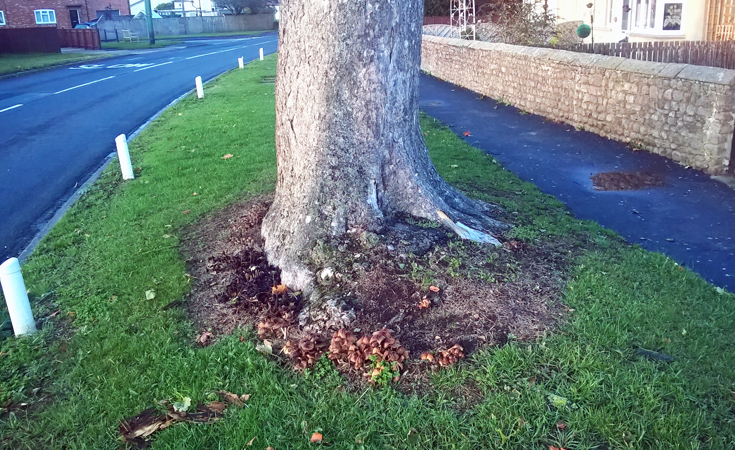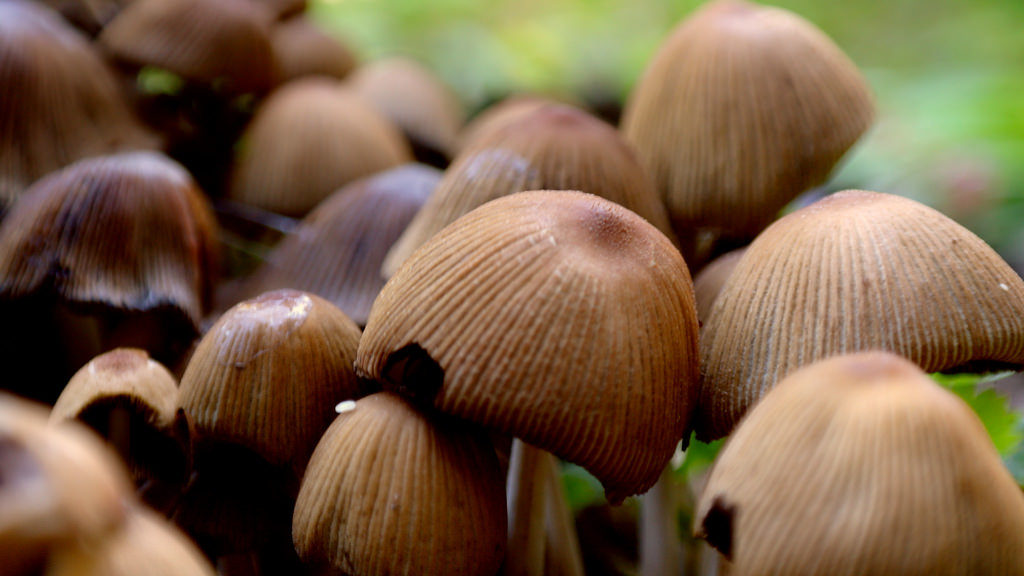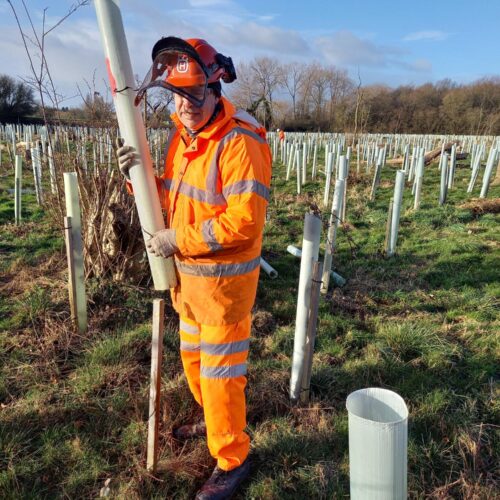Autumn: When temperatures cool, mists descend and nature lovers mourn the passing of summer days. It’s a time when wild food is aplenty, and it’s a time when fungi is rife. They can be plant life-cycle indicators, but they can also be a sign of tree ill-health, as the Head of Arboriculture at Thomson Environmental Consultants, Neil Francis, explains.
Fungi can be found in all sorts of places, like on or around trees. They’re vital to the eco-system, as they break down dead matter and return the nutrients to the soil to become available to plants. What is alarming however is the emergence of fungi feeding at strategic points at tree bases, on roots, or higher up in the crown. These are all symptoms of tree ill-health.
On my daily travels through Scorton, North Yorkshire, there is one particular tree I have passed – a sycamore – whose crown has been so asymmetrically depleted that even the most non-expert of tree enthusiasts couldn’t help but notice something was wrong. But it wasn’t until a few weeks ago I decided to stop and investigate further, that evidence appeared of why this might be the case.
Around the base of the tree was a ring of small, brown fungi, some having deliquesced, or auto-digested, whilst others looked almost gnawingly tempting, save for the proximity of the tree to the roadside pollution from passing cars and lorries.

Whilst not in my usual reference books, and after conducting a bit of research, I surmised that the fungus was the glistening ink cap (Coprinellus micaceus). This particular fungus typically grows in clusters on or near rotting hardwood tree stumps or underground tree roots.
My attention was also drawn to the footpath adjacent to the tree, which was certainly not aged. I then began to think that perhaps roots beneath the footpath had been severed or damaged resulting in the death of that side of the tree canopy.
Concerned, I contacted the local council to inform them, again, that the tree posed a potential hazard to highway users and home owners. I have also filed a report on their website.
Trees should be inspected on regular and, arguably, disjointed time periods – what is not apparent in summer may be in autumn and vice versa. Furthermore, there is still some way to go in educating contractors of the importance of tree Root Protection Areas.
How we can help you
The arboricultural team at Thomson undertake all manner of tree related work, including tree health assessments, tree surveys and, where required, appropriate tree surgery. Our arboricultural services can help you meet your project objectives.











